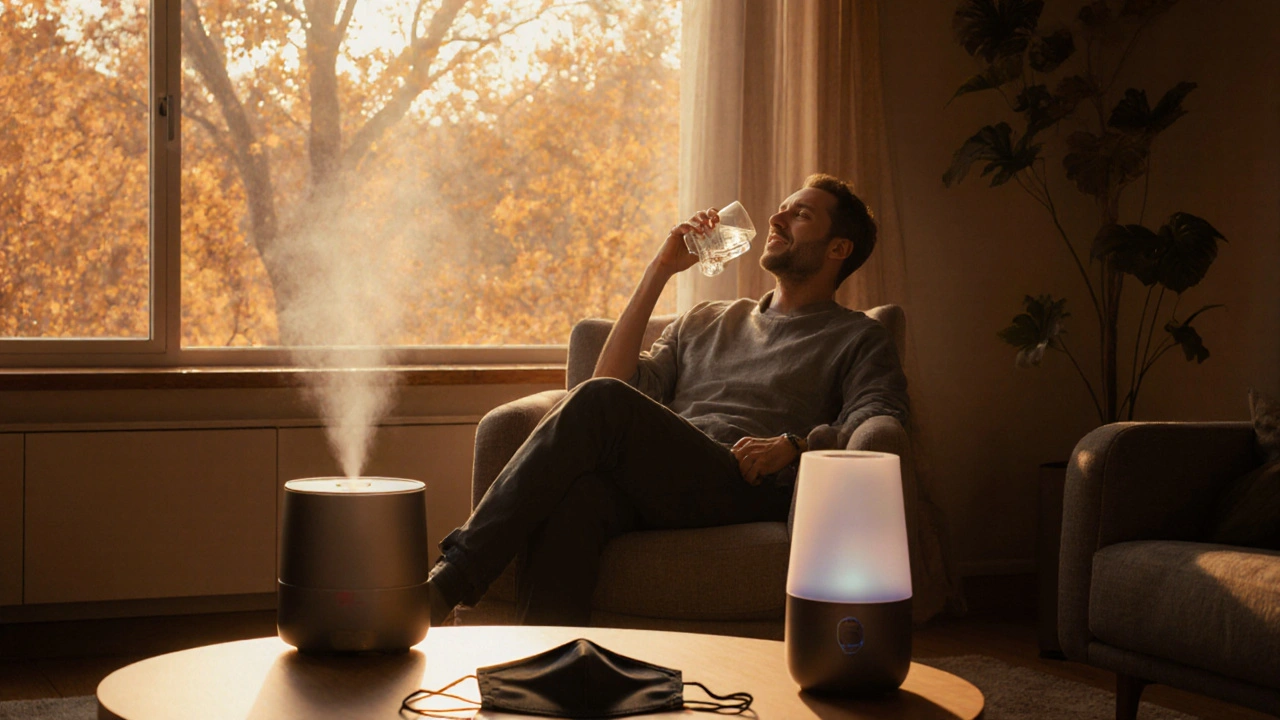Ever walked into a room and felt an instant headache, itchy eyes, or a cough you can’t shake? Chances are you just bumped into an environmental irritant. From the smog that drifts in on a rush‑hour commute to the chemicals hidden in everyday cleaning products, these agents can flare up symptoms in minutes and cause long‑term health issues if ignored.
When most people think of irritants, they picture pollen or dust. In reality, the list is much longer. Indoor sources include volatile organic compounds (VOCs) released by paints, furniture, and air fresheners. Outdoor culprits range from vehicle exhaust and industrial smoke to ozone spikes on sunny days. Even water can be a problem—chlorine and certain heavy metals act as irritants for sensitive skin and lungs.
Another sneaky category is household chemicals. Everyday items like disinfectants, oven cleaners, and even some laundry detergents contain solvents that can irritate the respiratory tract and eyes. If you’ve ever felt a burning sensation after using a new cleaning spray, you’ve experienced an irritant reaction firsthand.
Most irritants work by irritating the lining of your eyes, nose, throat, or skin. The body reacts the same way it would to an infection: blood vessels widen, mucus production ramps up, and you feel the urge to cough or sneeze. For some, especially those with asthma or allergic rhinitis, even low‑level exposure can spark a flare‑up.
Beyond the obvious cough and itchy eyes, irritants can also cause headaches, fatigue, and difficulty concentrating. Chronic exposure—think living near a busy highway or using strong chemicals daily—has been linked to longer‑term issues like reduced lung function and skin conditions such as dermatitis.
One practical way to spot an irritant is to notice patterns. Does the headache appear after you vacuum? Does your throat tighten when you step onto the balcony during rush hour? Tracking these clues helps you pinpoint the source faster.
So, what can you do right now? Start with the low‑effort, high‑impact steps:
These changes won’t eliminate every irritant, but they’ll cut down the most common offenders and give your body a break.
Remember, you don’t need a lab coat to protect yourself. Simple habits—like keeping windows closed during peak traffic, opting for natural cleaning solutions, and using air purifiers—can make a big difference. If symptoms persist despite these steps, it’s worth chatting with a healthcare professional to rule out underlying conditions such as asthma or allergic rhinitis.
Environmental irritants are everywhere, but you don’t have to live at their mercy. By recognizing sources, understanding how they affect your body, and taking practical preventive actions, you can breathe easier, sleep better, and keep those annoying symptoms at bay.

Learn practical ways to protect your throat lining from dry air, smoke, allergens and other irritants. Includes hydration tips, humidifier use, mask advice, and a comparison of protective methods.